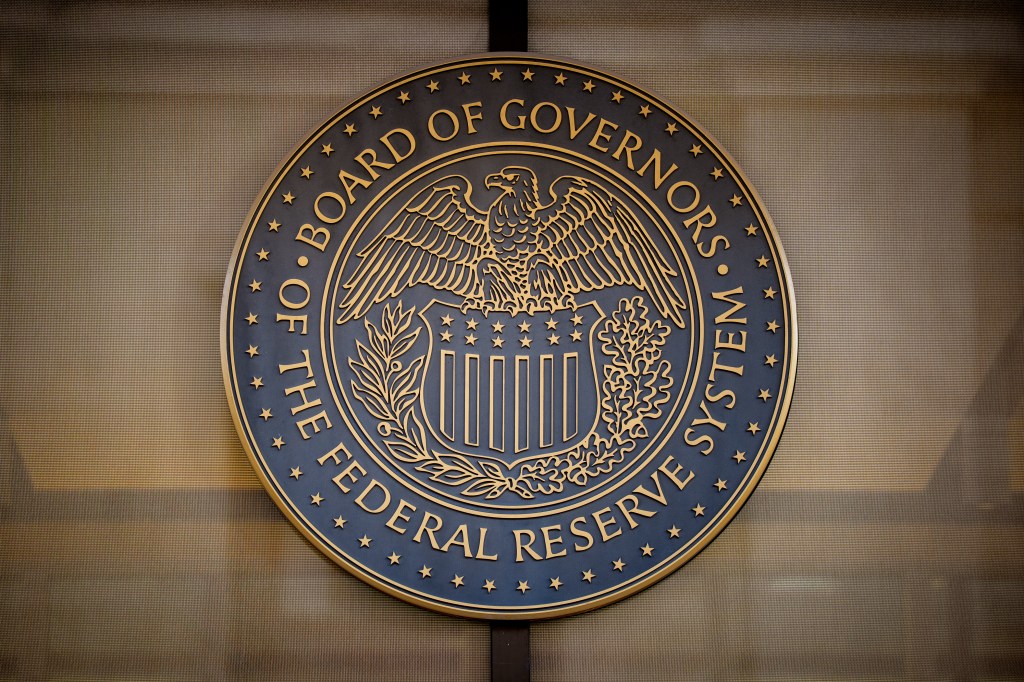Major research firm Eurasia Group has identified the top 10 risks to global stability in its latest Top Risks report. The Russia-Ukraine and Israel-Hamas conflicts, alongside the upcoming US presidential election, are identified as leading issues that threaten stability and exacerbate risk.
The United States v itself
It looks increasingly likely
Register for free to keep reading
To continue reading this article and unlock full access to GRIP, register now. You’ll enjoy free access to all content until our subscription service launches in early 2026.
- Unlimited access to industry insights
- Stay on top of key rules and regulatory changes with our Rules Navigator
- Ad-free experience with no distractions
- Regular podcasts from trusted external experts
- Fresh compliance and regulatory content every day

















